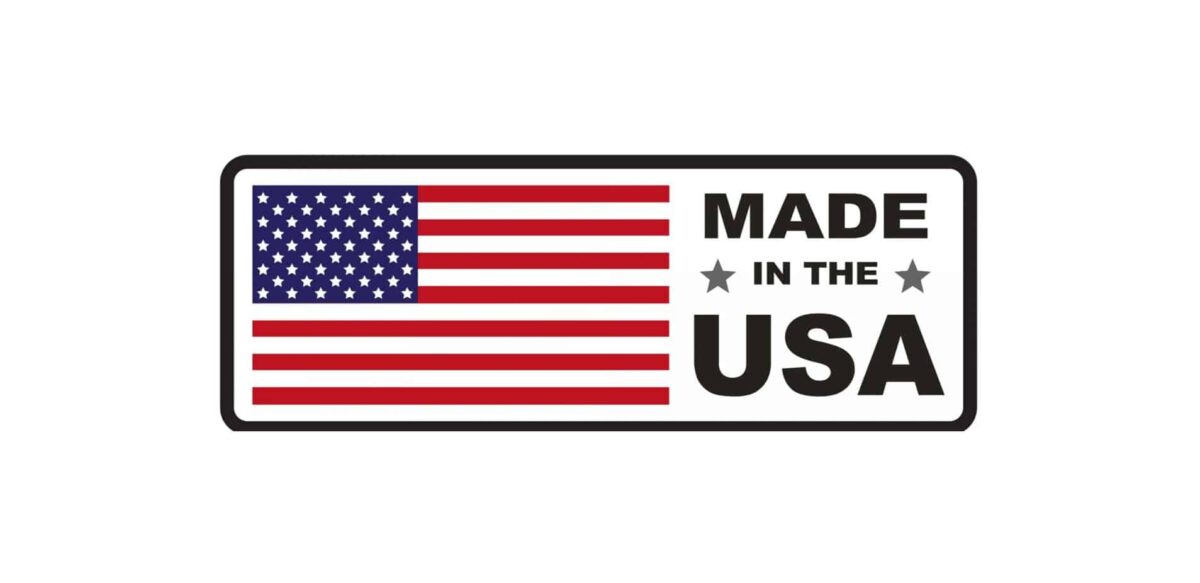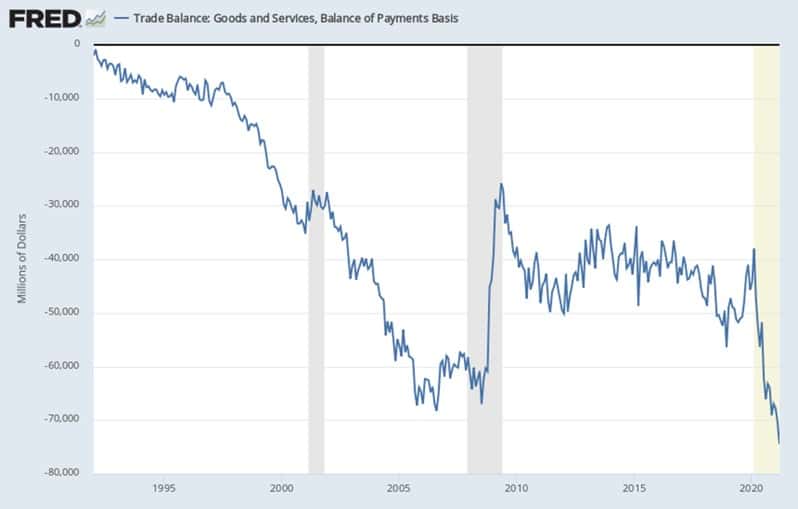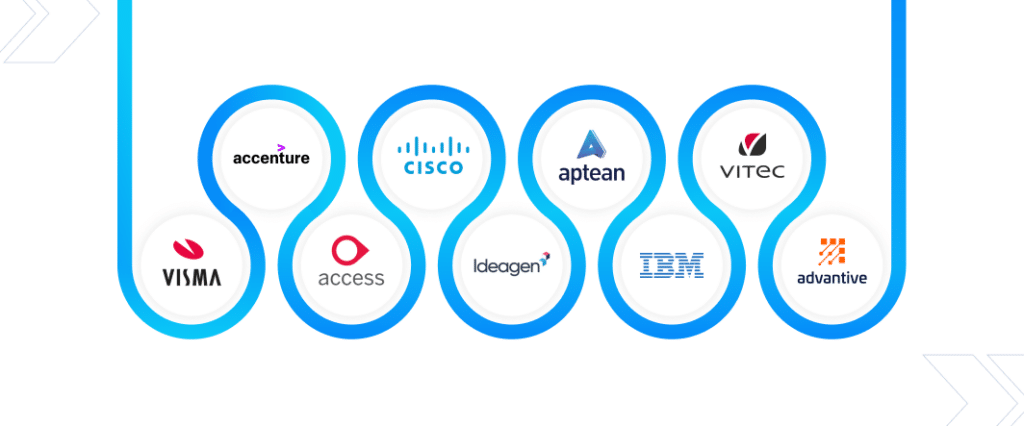How the Current Administration is Embracing US Manufacturing

Like the previous administrations, Biden will continue to embrace US manufacturing, making up for decades of watching US manufacturing move overseas. Regardless of political viewpoints, it is essential to understand the impacts. Operating “lean” and efficient is always best, and software combined with operational best practices can be at the heart of this efficiency.
Software Equity Group recently published its Manufacturing Software Report in partnership with Industry Expert Paul Lachance, a seasoned manufacturing and industrial technology specialist and established SaaS entrepreneur.
We’ve included a brief snapshot from the report below discussing how the current administration is revitalizing US manufacturing.
“Make in America” Executive Order
The current administration is pushing to revitalize US manufacturing.
This executive order is a continuation of the previous administration to promote US-based manufacturing. The executive order includes $600B in federal spending and requires those goods and services to be purchased from US-based manufacturers. The already-signed executive order tightens up loopholes, increases oversight, and creates a dedicated “Made in America” department within the Federal Office of Management and Budget.
- Bi-partisan support
- Revitalizing the manufacturing sector (12% of the US economy)
- A key part of Biden’s broader push to drive up wages, create more jobs, support minority-owned businesses
- Rebuilding supply chains and developing new ones is key to US economic growth
- Reduce vulnerabilities heightened by the pandemic and US / China trade wars (onshore vs. offshore)
Infrastructure & Renewable Energy
Infrastructure and sustainable energy initiatives are driving the need for US manufacturing jobs.
As of late June 2021, a recent bipartisan compromise is moving this legislation closer to law. This legislation will overhaul our roads, tunnels, bridges, ports, water supply, broadband, and alternative power supplies. The goods and services to fuel these major initiatives will promote US manufacturing jobs in wide areas. Infrastructure investment is sorely needed – most relics from the 1950s (last major federal push).
- Motivate US innovation and development to create next-generation infrastructure
- Promote more US-based (return onshore) manufacturing to support initiatives and grow those businesses
- Reduce vulnerabilities and ultimately strengthen US supply chains
- Auto-industry (personal vehicles, fleets, etc.) retooling toward EV and carbon-alternative fuel
- Efficiency upgrades / retrofits in homes, businesses, and municipalities – driving manufacturing
When / if the infrastructure legislation becomes law, there is concern that an influx of investments in related industries and services to support these initiatives will exasperate the already extremely tight labor market. Industry 4.0 technologies, including SaaS, will again be key to success.
Regulations, Taxes & Tariffs
A Democratic-controlled legislature means higher regulations and taxes may impact certain industries within manufacturing. SaaS technology promotes “Lean” manufacturing, offsetting costs and driving profitability.
Always a concern with a Democratic-controlled legislature, certain industries will be possibly impacted. We already see these impacts on the oil and gas industry (Keystone XL pipeline cancelation).
Environmental-related regulations will resume to pre-Trump admin levels. Given the Democratic-controlled legislature, the possibility of increased corporate taxes is present.
Most experts agree that the tariff policies created by the Trump administration will stay – for now. A vocal group that would prefer a VAT (value-added tax) similar to what most countries do. The Trump tariff policy did cause the US trade deficit to fall for the first time in six years in 2019. Biden prefers a coalition with international allies to pressure China, but details are not yet formed given more pressing projects.
Manufacturers may not be able to control federal policies such as regulations, taxes, and tariffs. Still, they can control many costs through lean manufacturing methodologies directly added by SaaS solutions and Industry 4.0 technologies.
Download the Manufacturing Software Report here to learn more. The report includes a detailed analysis of the current state of manufacturing, industry tailwinds, drivers of software M&A in manufacturing, a deep dive into the technologies supporting manufacturing, a list of related software M&A transactions, key players within the space, notable transactions, and more.
Please let us know if you have any questions regarding the report, and don’t hesitate to reach out to Paul Lachance to discuss his market insights, manufacturing experience, or consulting services.










